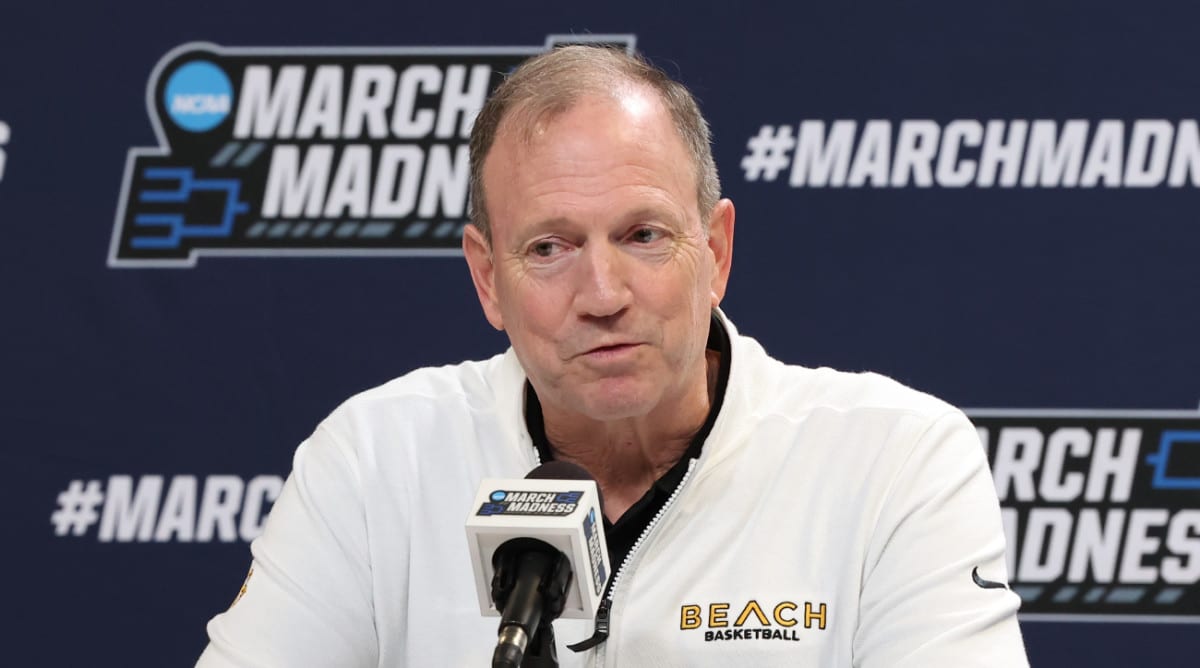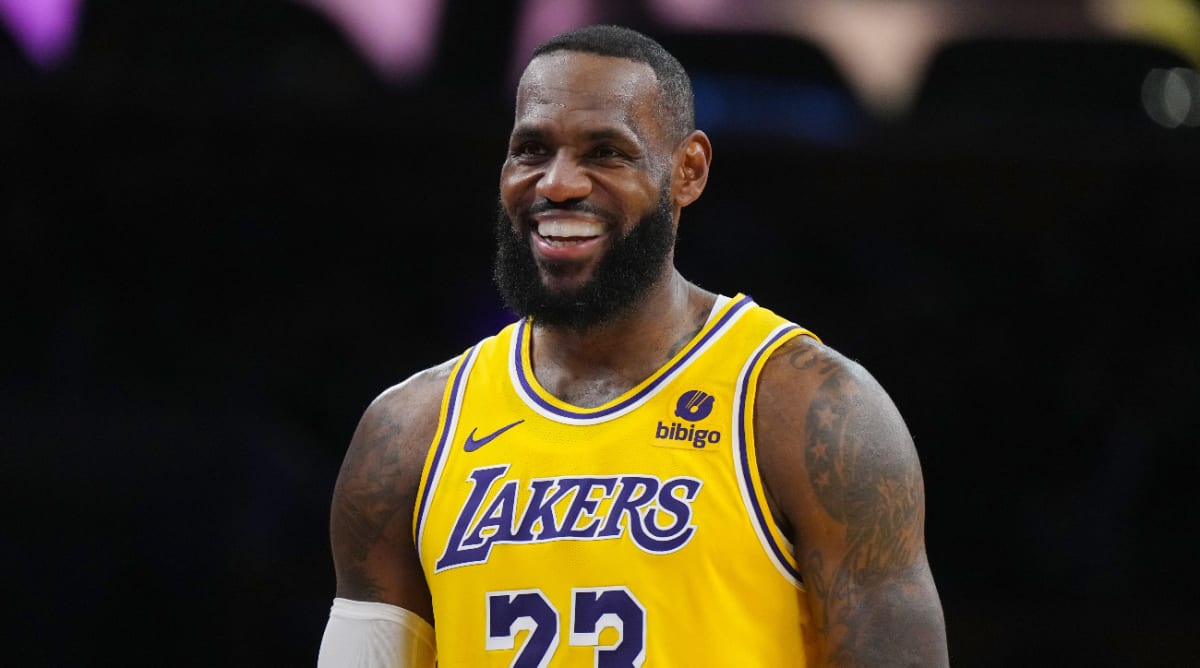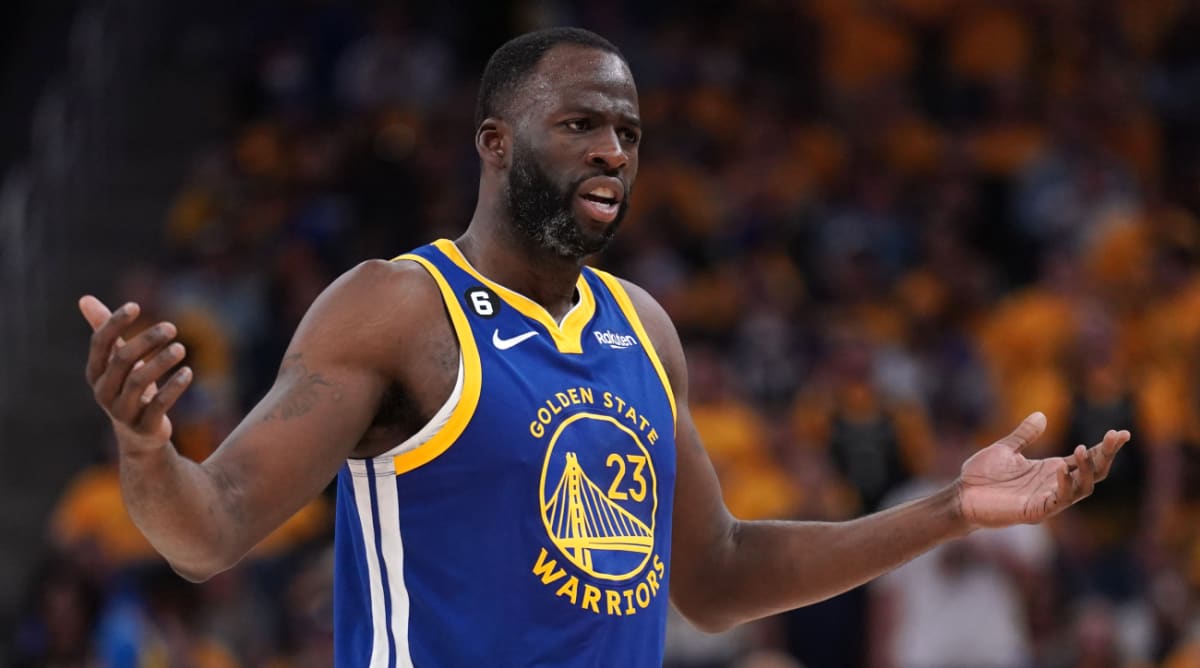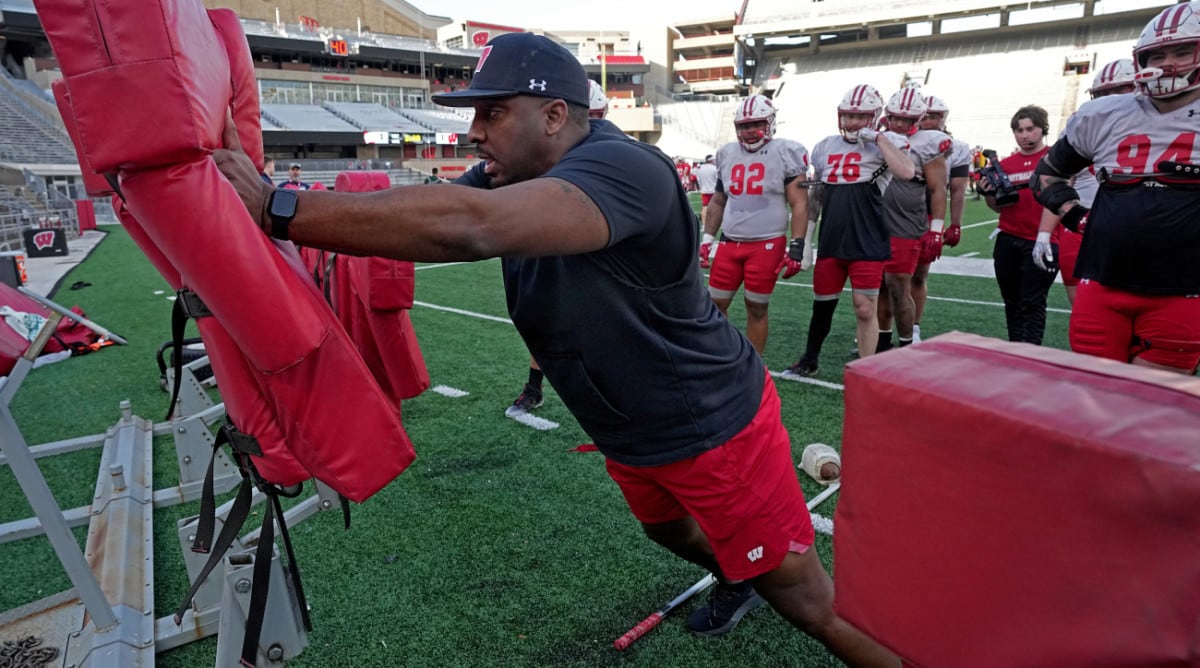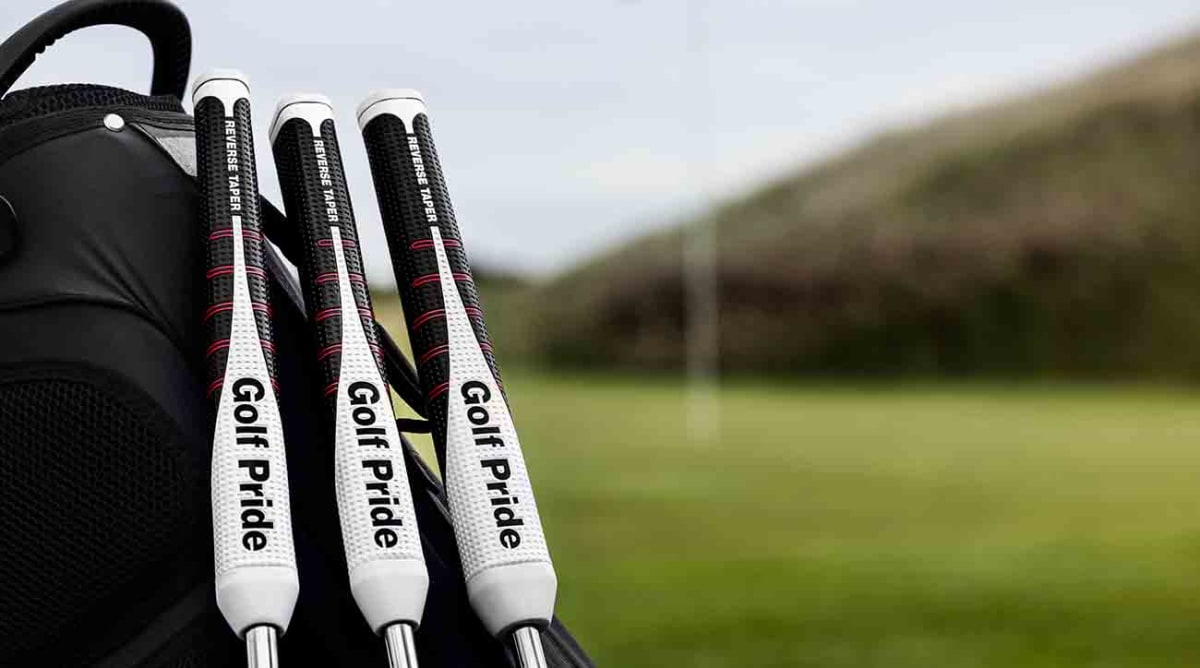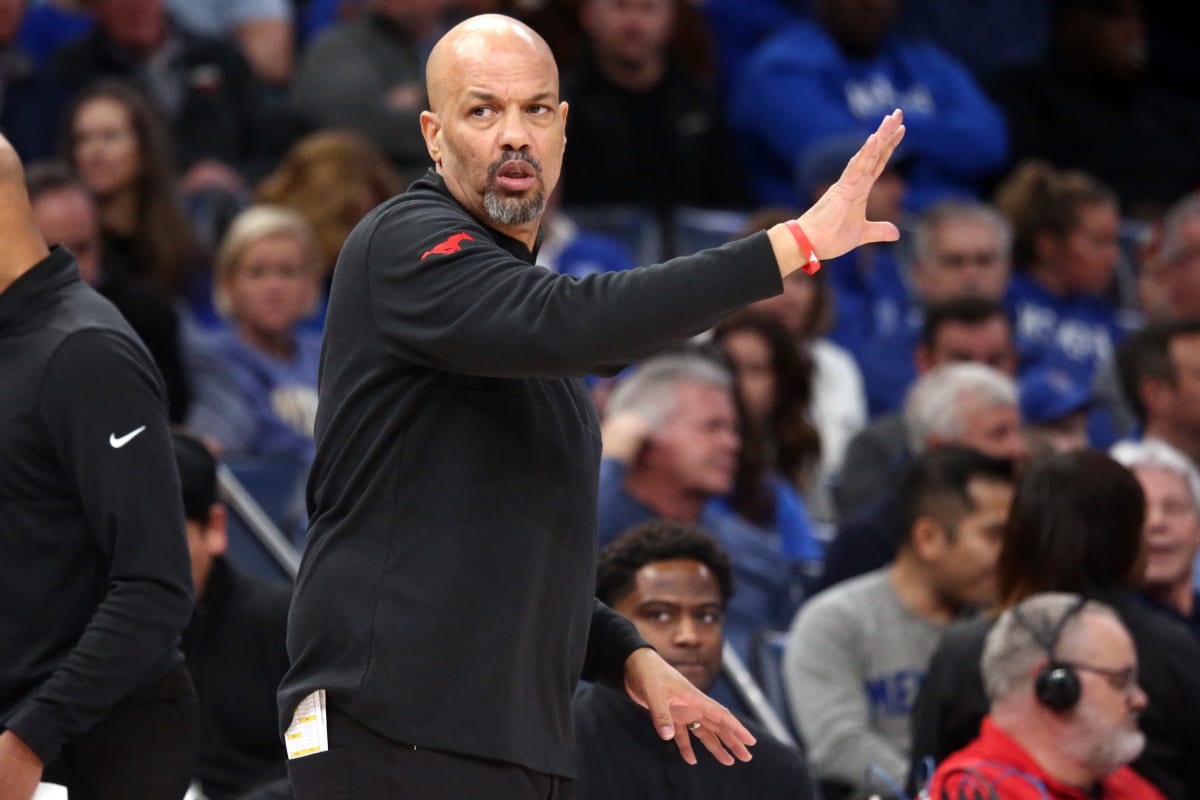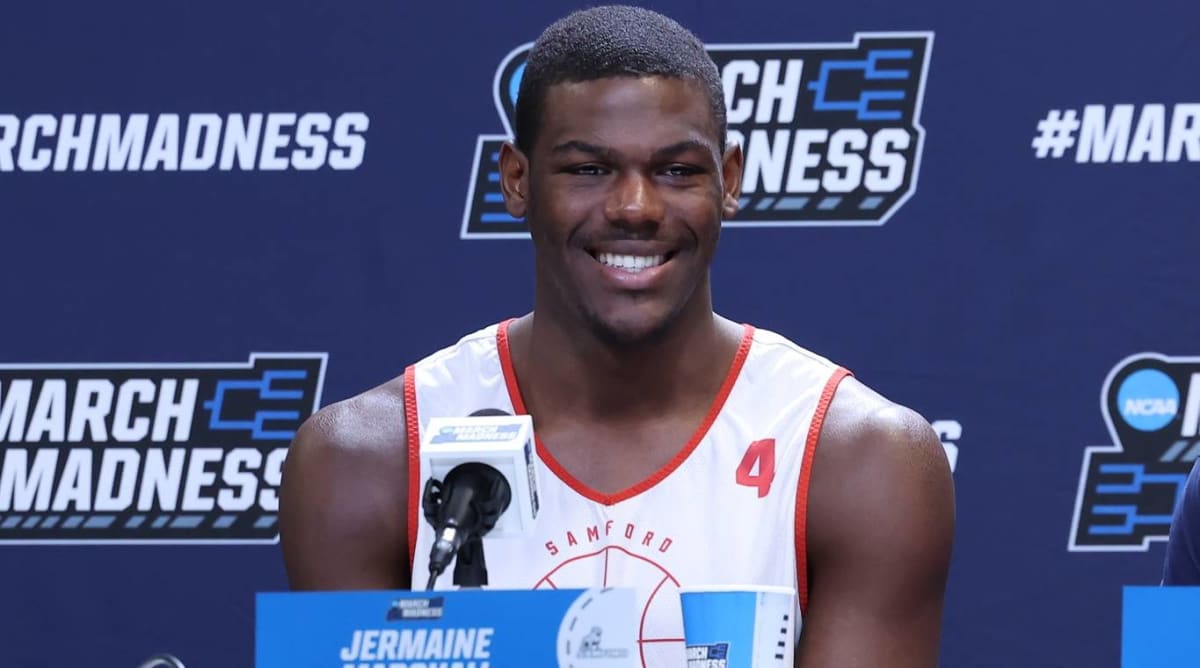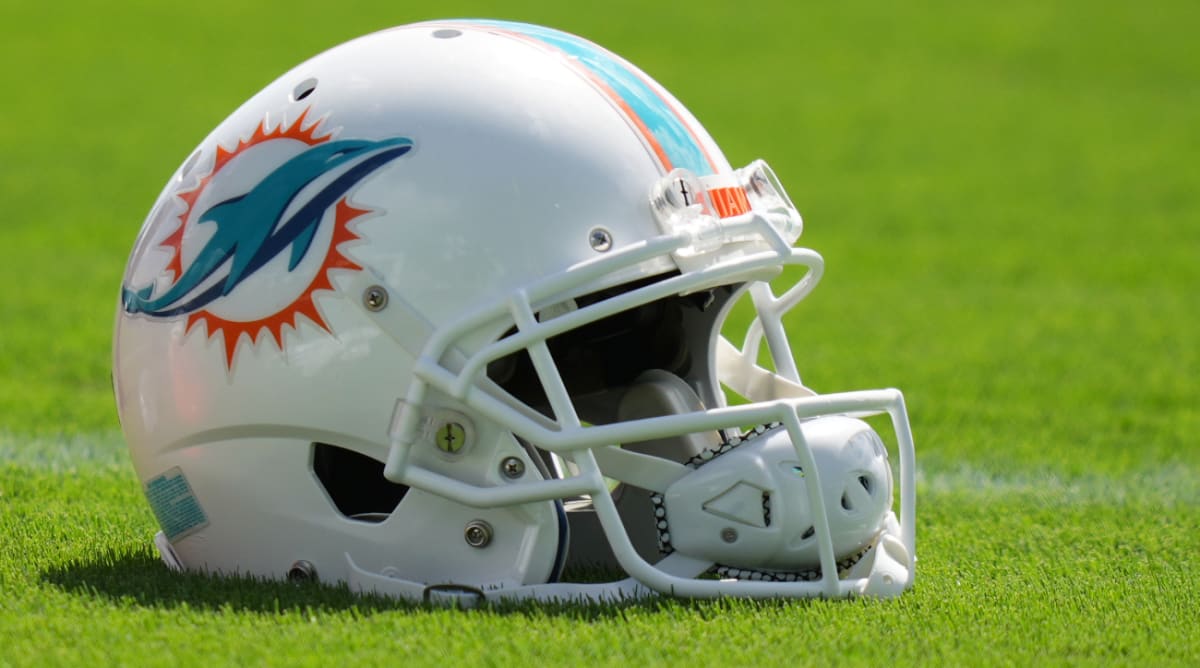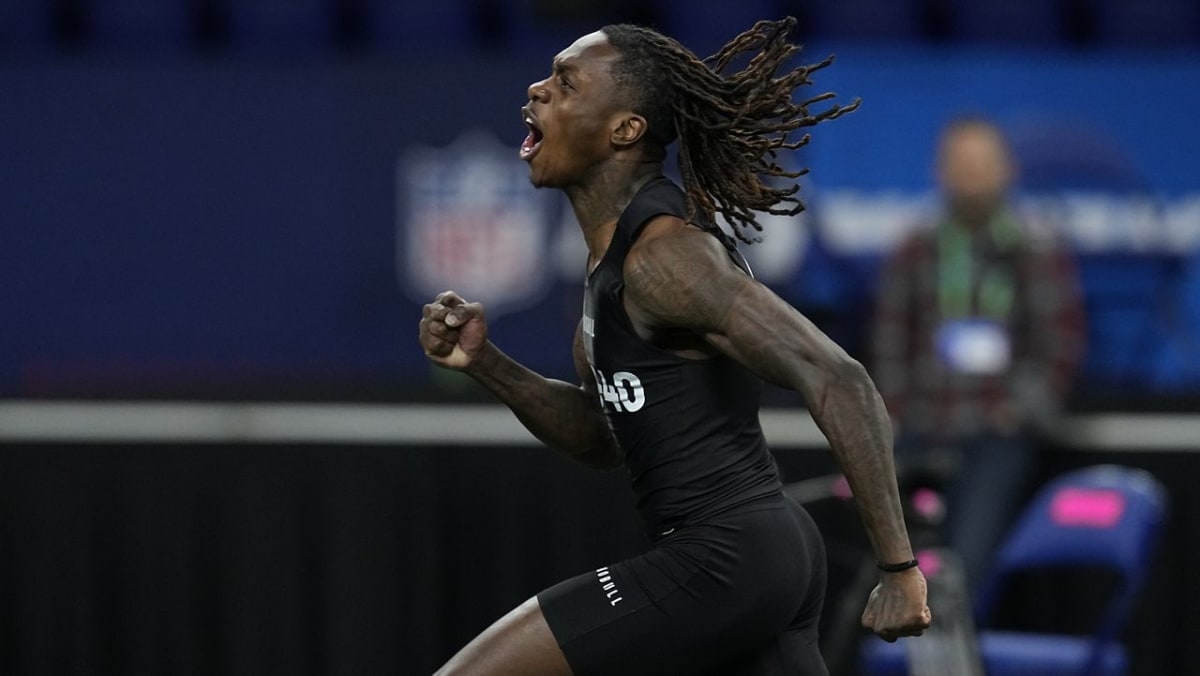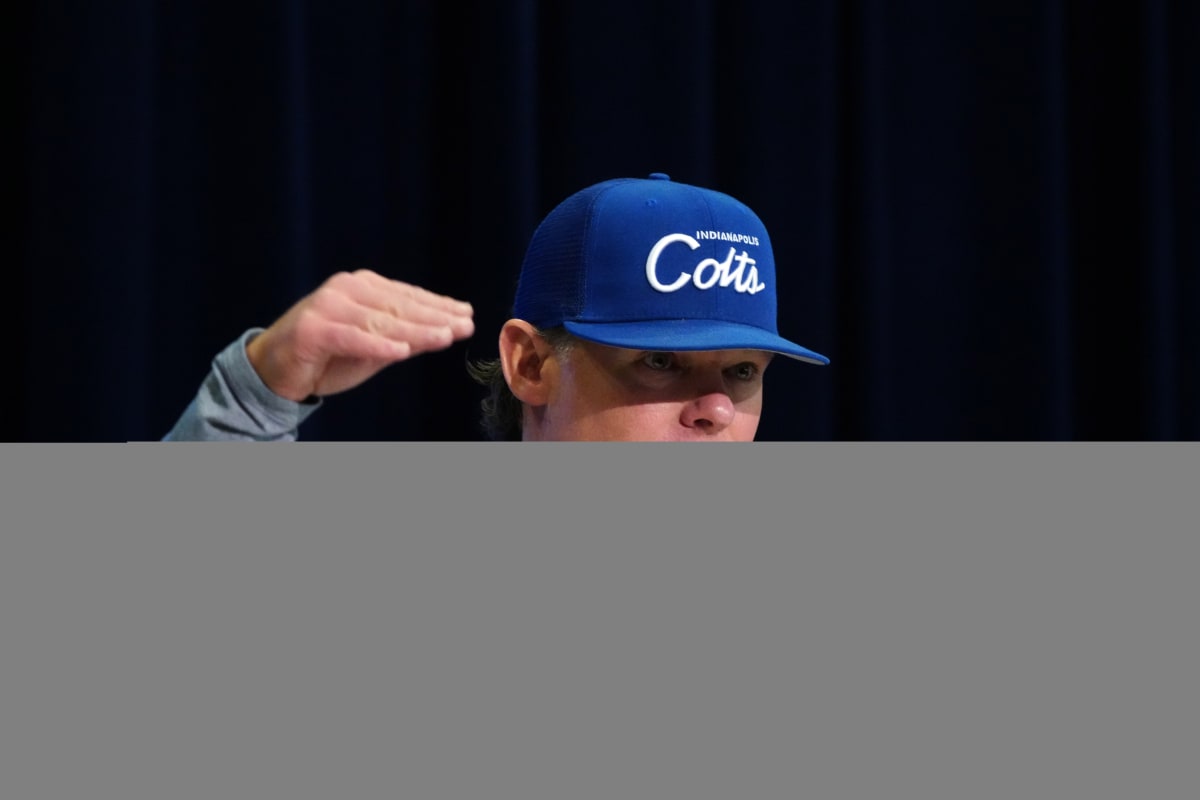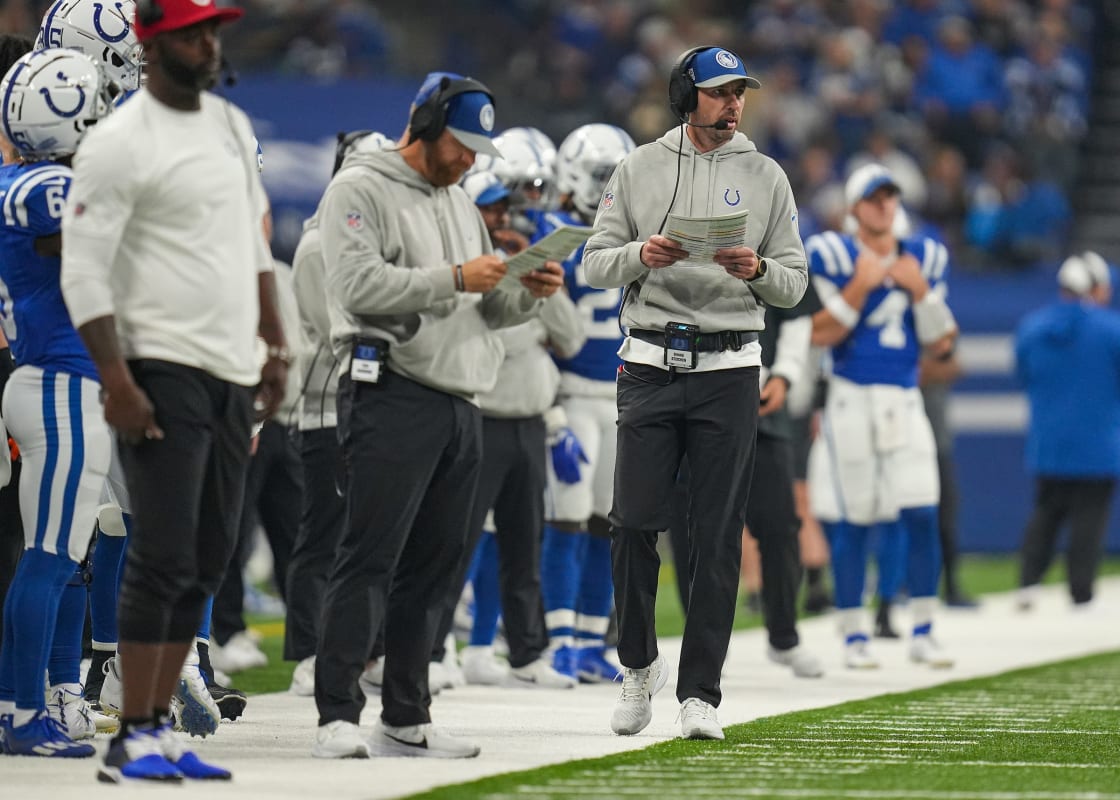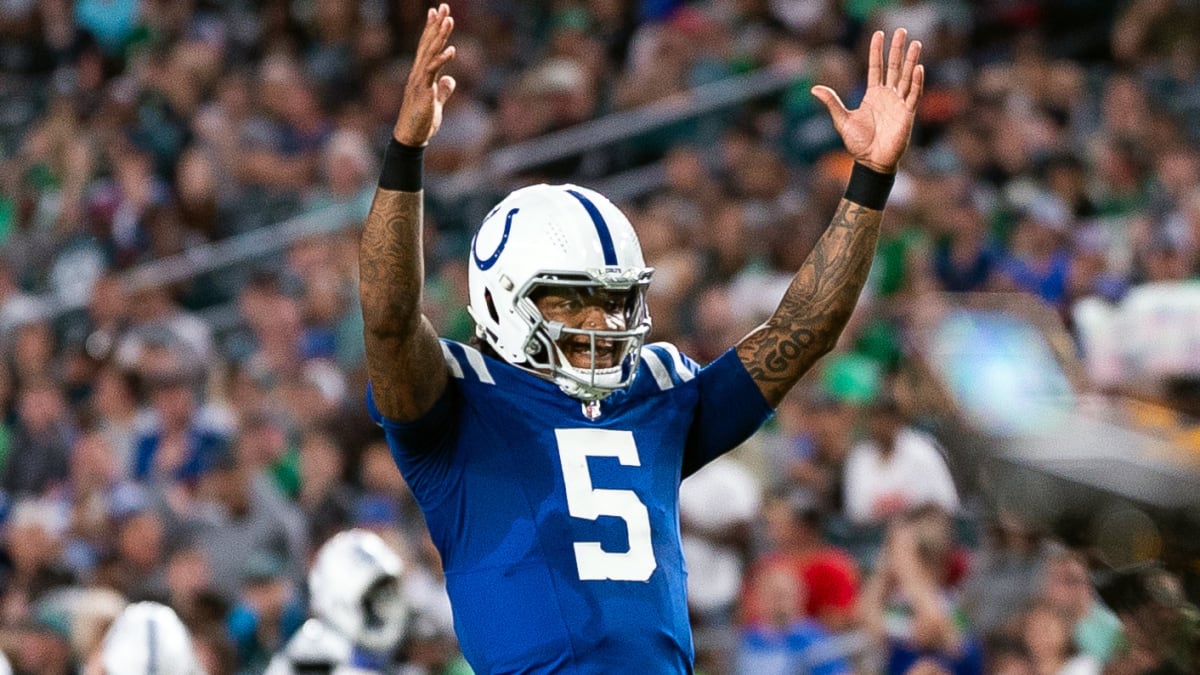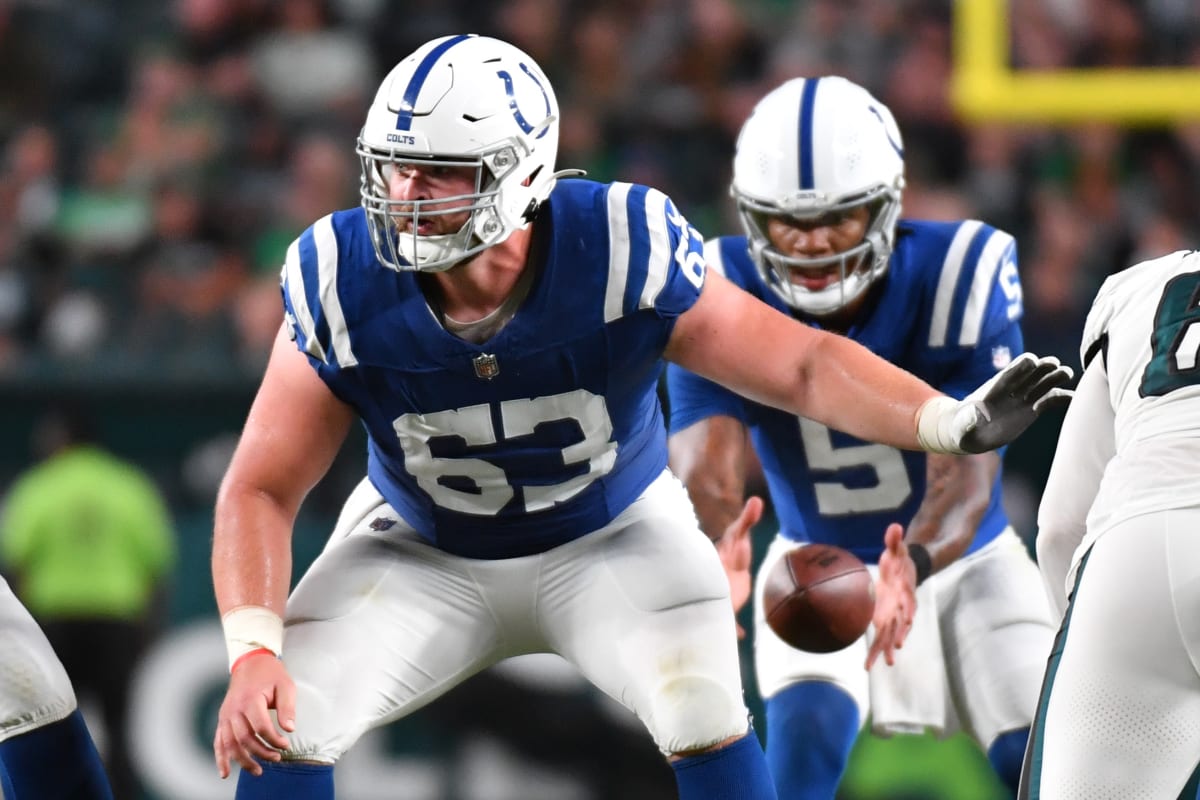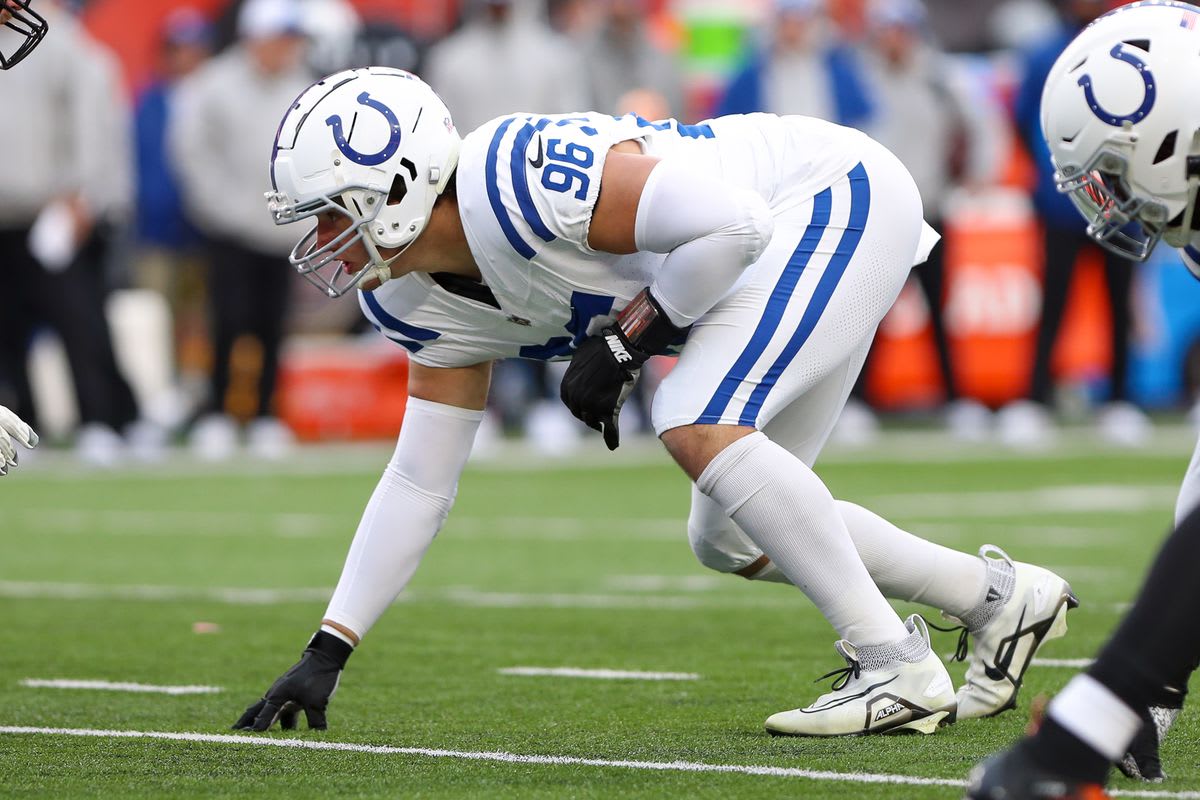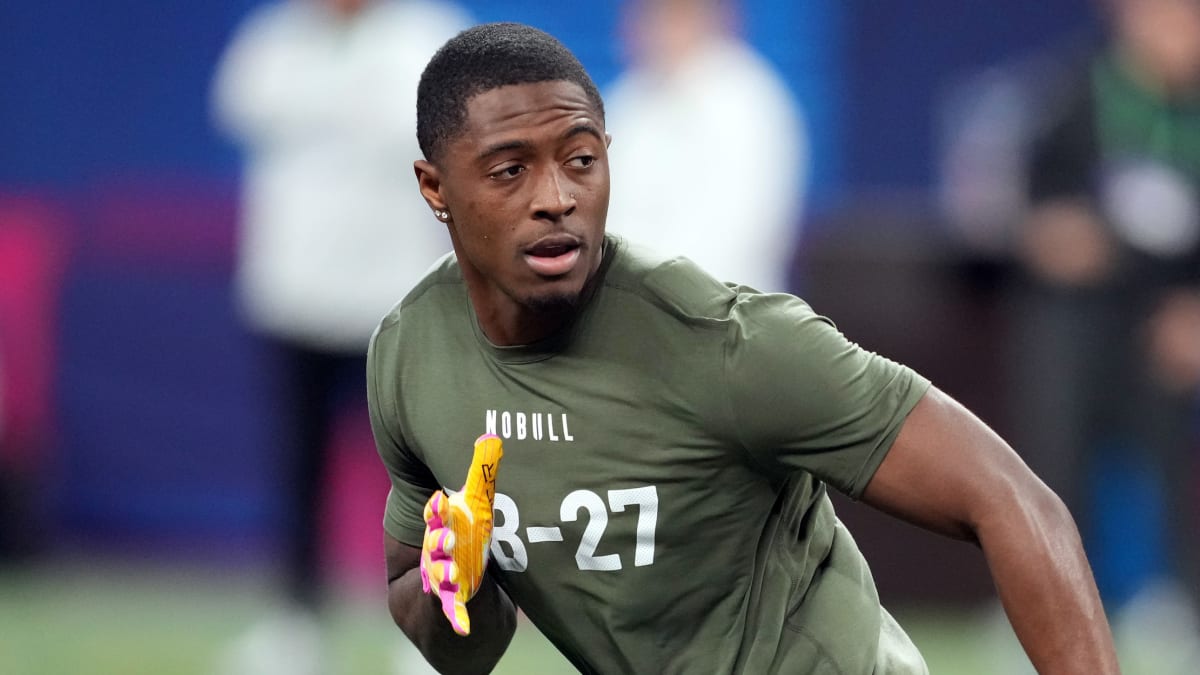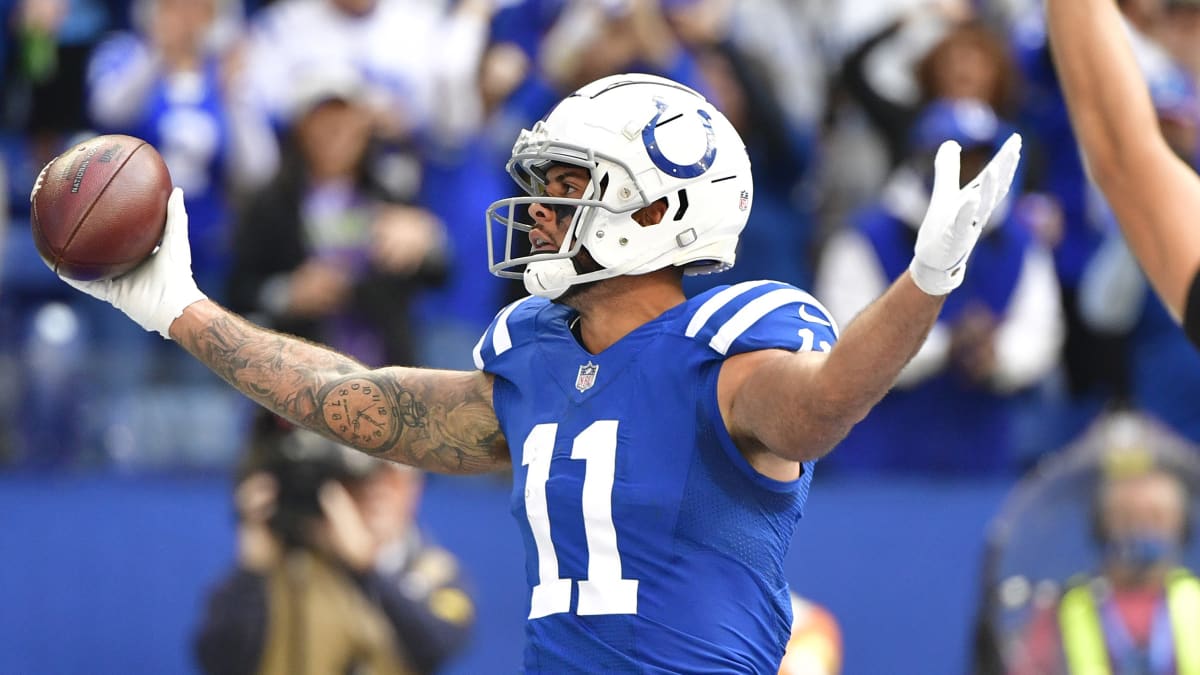INDIANAPOLIS — In 49 states it’s just basketball, but this is Indiana!
That’s how the saying goes, and FOX59’s Beairshelle Edmé learned how the Hoosier state has embodied this phrase since the late 1800s.
“The cradle of basketball” is what Dr. James Naismith called Indiana after being in the Hoosier State to watch a game of the sport he invented.
Naismith’s first players were at the YMCA where he created the game in Springfield, Massachusetts. Y staff would spread the sport across the nation, like Nicholas Mckay, who in 1894 brought basketball to his hometown of Crawfordville, Indiana.
There, he coached the sport from a new, winter exercise activity into local competitions between Hoosier YMCAs.
“After the first game in Crawfordsville, there were several newspaper reporters that covered that game and one of them wrote, ‘If the turnout tonight is any indication, this sport has the potential to really be something’, and we’ve often said that’s the greatest understatement of the world in terms of sports,” said Gregg Hiland, the president and CEO of the Greater Indianapolis YMCA.
All roads lead back to Indiana for the biggest advancements in basketball, including things like the national popularity of high school basketball state tournaments, starting in 1911.
“All across the country there was basketball, but Attucks was something special,” said William “Duke” Oliver, a Crispus Attucks High School alumni and former city-county councilman.
America’s first all-Black state champion in any sport was the Crispus Attucks High School from Indianapolis back in 1955, and the Tigers hoisted the trophy again in 1956.
Just before Attucks, America’s underdog story of the year came from Milan High School. The victory was dubbed the ‘Milan Miracle’ as the small high school beat out their opponents with a buzzer-beater to claim the state championship win in 1954.

PHOTO COURTESY: Bass Photo Co Collection, Indiana Historical Society
The historic firsts don’t stop there in Indiana; arguably the most historic basketball gym is Butler University’s Hinkle Fieldhouse, built in 1928.
“For a kid like me growing up that state tournament was the thing you really latched onto and the reason you loved basketball because it was on television every year,” recalled Mark Monteith, an author and sports journalist. “When you’re a little kid you watch it on television; it’s played right here at Butler (University) and it’s sold out and there’s all the cheerleaders and pomp and circumstance, and it just got you excited about basketball.”
In a time when American gyms held 2,000 people maximum, Butler’s was the nation’s largest with up to 15,000 fans.

“Part of the aura of Indiana is the gym sizes are bigger than the towns so that people can come watch those kids play and that just adds to the aura of Indiana basketball,” explained Matt Martin, the executive director of the Indiana Basketball Hall of Fame. “It might be a team of five, six, or seven– but the town rallied around those individuals because that’s what they did on a Friday night or Saturday night. The town would shut down, they’d go to a local diner then watch the boys go play basketball.”
Today, the Indiana Basketball Hall of Fame honors those players, whose championship banners hang in the hall. This year, the hoops hall will induct a new class of basketball greats.
Among those honored players many went on to become college all-stars, like Indiana State’s Larry Bird and Indiana University’s Isiah Thomas, both of whom would become NBA Hall of Famers.
Eventually, Hinkle Fieldhouse would be home to national college tournaments too, and then home to Indianapolis’ national team, the American Basketball Association’s (ABA) Pacers.
The ABA franchise became one of the most successful nationwide, impacting integration in the community itself.
When the cradle rocked, it was the community and donors who footed the bill for the Pacers to join the NBA, as the ABA league died down.
Because of that, in 1977, fans kept the blue and gold in the city with a fundraising telethon, another basketball first.
When hoops are in your DNA, it’s no surprise you make big plays like that!
As the other saying goes in the Hoosier state, “We grow basketball here”, and women have also been pivotal in that growth.
These hoopers have elevated the sport, and Indiana’s seeing a new rise of women and basketball with eyes on players like Caitlin Clark, the presumed #1 WNBA draft pick, likely headed to the Indiana Fever, who have the first pick.
Clark’s had a team of women set up the play for her professional entry into the sport, and likely Indiana. Women like Tamika Catchings, Jill McFarline, and Niele Ivy, to name a few.
At every stage, Hoosier women and men have shown why the ball’s always in our court!


















